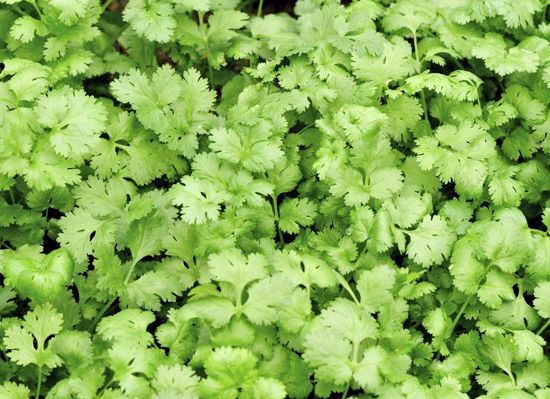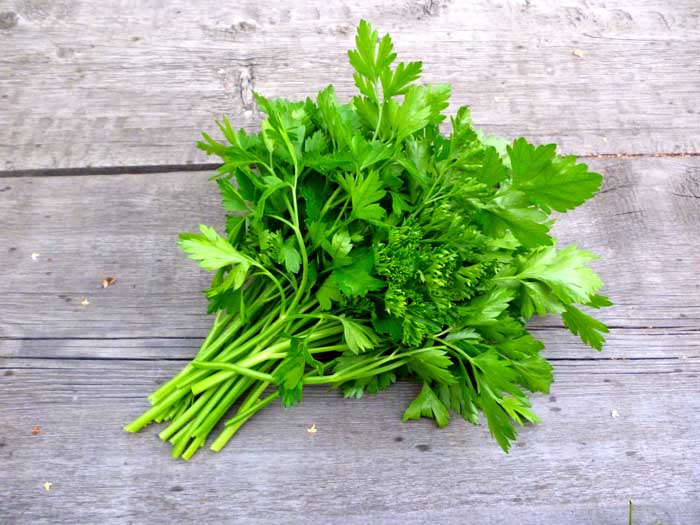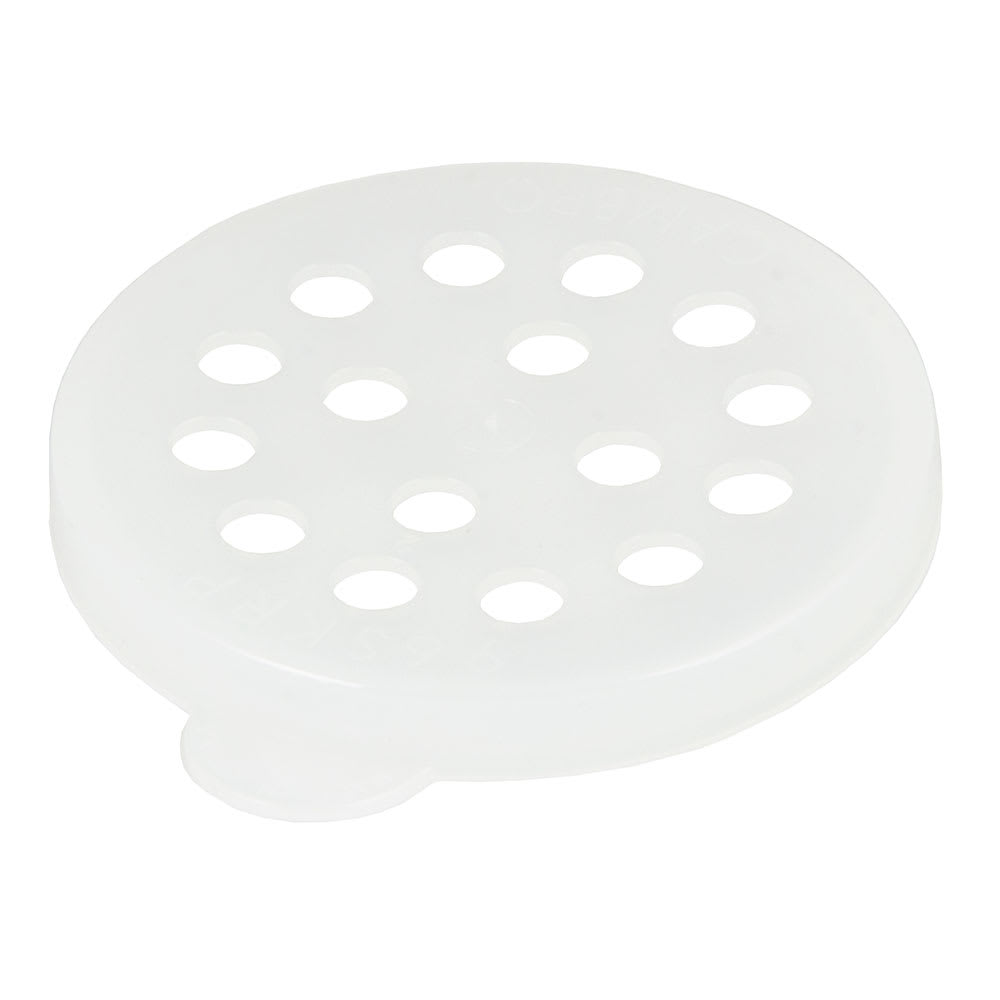


Thyme and savory can be used almost interchangeably.ġ Tbsp Fresh Thyme = ½ Tbsp Dried Savory or 1 Tbsp Fresh Savory.ġ Tbsp Dried Thyme = 2 Tbsp Fresh Savory or 1 Tbsp Dried Savory. You can use it as a pleasant garnish for soups and risottos or give character to your salad. Savory makes a good substitute for thyme because of its woody, thyme-like richness and gentle aroma. Summer savory is widely used as a seasoning for grilled meats, barbecues, and stews in North American cooking as an exotic alternative to salt and pepper. It’s another herb in the mint family with a distinctly peppery, salty flavor that intensifies when it’s baked. Savory, as the name suggests, adds saltiness to the dish. Since marjoram, thyme, and oregano are more or less the same when it comes to intensity, the same substitution rules apply here.ġ Tbsp Fresh Thyme = ½ Tbsp Dried Marjoram or 1 Tbsp Fresh Marjoram.ġ Tbsp Dried Thyme = 2 Tbsp Fresh Marjoram or 1 Tbsp Dried Marjoram. If you’re adding marjoram to a spicy dish, keep in mind that Marjoram is a bit spicier than thyme so it will increase the warmth. It pairs really well with tomato-based dishes, meats, poultry, and pulses. Marjoram is popularly used in North American and Mediterranean cooking. It’s sharper, sweeter, and mintier but has the same woody, bitter feel that gives earthiness to dishes with exotic flavors. It has a similar flavor profile to oregano. Marjoram is an excellent substitute for thyme for adding warmth to a dish. It’s also relatively bitter to thyme, so you might want to add less.ġ Tbsp Fresh Thyme = ½ Tbsp Fresh Rosemary or ¼ Dried Rosemary.ġ Tbsp Dried Thyme = 1 Tbsp Fresh Rosemary or ½ Dried Rosemary. Keep in mind that rosemary has a strong and distinctively “woody” element to its taste. However, it can overpower almost every Italian or Mediterranean classic, including soups, salads, casseroles, and stews. Dishes like soups, stews, roasted vegetables, and rice make an excellent pair with rosemary. Rosemary is a fragrant evergreen herb with a strong, resinous, and piney flavor that makes dishes smell and taste more exotic. When swapping thyme with fresh basil, as a rule of thumb, swap half because it has a higher potency that can change the flavor or color of the final dish.ġ Tbsp Fresh Thyme = 1 Tbsp Dried Basil or ½ Tbsp Fresh Basil.ġ Tbsp Dried Thyme = ½ Tbsp Dried Basil or ¼ Tbsp Fresh Basil. Fresh basil packs a lot of sweetness and hotness, whereas dried basil is mute and earthy. It’s also a key ingredient in multiple dishes, such as soups and pesto sauce.įresh basil and dried basil differ slightly in taste. It gives off a tantalizing aroma that tends to pair better with cheese than thyme.īasil is more than just a garnish. It adds a distinctively sweet, minty flavor and warmth to a dish. Basilīasil, like thyme, is another herb in the mint family with significant importance in Italian cuisine.

If you’re substituting dried thyme with dried oregano or fresh oregano with fresh thyme, substitute them 1:1 for the same taste. Remember to add oregano before cooking or baking to help it infuse better with the other ingredients.ġ Tbsp Fresh Thyme = ½ Tbsp Dried Oregano or 1 Tbsp Fresh Oregano.ġ Tbsp Dried Thyme = 2 Tbsp Fresh Oregano or 1 Tbsp Dried Oregano. It’s also got a spicy herbal undertone that makes dishes more aromatic. Oregano is minty, savory, and earthier than thyme, so it adds a layer of bitterness that brilliantly pairs with soup, bread, cheese, and a variety of sauces. It comes from the same family as thyme, so they have a similar flavor profile. Oregano is not only one of the best alternatives to thyme, it also surpasses thyme in popularity as a garnish for most cuisines. Here’s a curated list of 8 substitutes for thyme. Thyme is part of a large family of fresh herbs, so if you’re short on thyme, there are quite a few alternatives you can safely use without altering the flavor of your recipe. There are over a hundred varieties of thyme, but they all more or less give the same flavor as common thyme. It’s most commonly used as a garnish in traditional French, Italian, Middle Eastern, and Mediterranean cuisine. Thyme is an important herb used to give recipes an earthy, minty, and slightly lemony flavor.


 0 kommentar(er)
0 kommentar(er)
